Josef Avesar is a successful Encino lawyer who has a plan to resolve the Israeli-Palestinian conflict. It may be a pipe dream, he acknowledged, but the concept was intriguing enough to keep 300 Israelis, Arabs and Americans engaged during a recent three-hour symposium at UCLA.
They shouted their approval or objections at eight experts debating the pros and cons of the Israeli-Palestinian Confederation, Avesar’s blueprint for changing “the dynamics of the conflict.”
Included on the panel were such heavyweights as Gen. Shlomo Gazit, retired head of Israeli military intelligence, and, via video, Harvard professor Alan Dershowitz. Others were mainly academics specializing in Middle East, public policy and environmental studies.
The confederation plan contains dozens of specific proposals, but the key elements are:
• The confederation would serve as a mechanism for establishing projects of mutual benefit, such as utility grids, transportation systems, hospitals, airports, monetary system and so forth.
• Israel and the Palestinian territories (or state) would be divided into 300 districts, each district sending one delegate to the confederation legislature. To pass a law would require a 60 percent overall majority, including at least 25 percent of the minority party vote.
• The confederation would not infringe on the authority and sovereignty of the established Israeli and Palestinian governments, each of which would have a veto over any confederation legislation.
• District representatives would be chosen in private, nongovernmental elections.
A rough equivalent of the confederation, one panelist suggested, is the European parliament, which deals with issues affecting all member countries without infringing on the sovereignty of any nation.
One concrete example cited in the confederation plan would be establishment of a utility grid of water, electricity, trains and highways connecting Israel, Gaza and the West Bank. If the proposal were to pass with the required majority and minority votes and was not vetoed by either the Israeli or Palestinian governments, it would become law.
In the ideal scenario, the confederation concept would be accepted by both governments if it shows considerable popular support, receives strong political and financial backing from the United States and Europe and improves living standards for Israelis by 100 percent and for Palestinians 500 percent.
Avesar defended his vision by asking, in effect, what do we have to lose? “In the last 55 years, every other solution has failed,” he said. “You don’t go back to a surgeon if all his previous patients have died.”
The panelists represented many shades of opinion, ranging between the technocratically inclined optimists to pessimistic political realists. While the former argued that concrete joint projects on the ground could gradually lead to cooperation in other areas, the latter countered that no progress could be made without settling such basic issues as borders, refugees, terrorism and Jerusalem.
Speaking for the technocrats was professor Saleem H. Ali, an environmental planner and professional mediator from the University of Vermont. Ali, born in Pakistan, drew parallels between the Israeli-Palestinian and India-Pakistan conflicts and urged that the proposed federation focus purely on economic problems, before tackling political differences. Citing the resolution of the East Timor conflict with Indonesia as an example of applying “creative tracks,” he suggested that there are “different ways to climb a mountain.”
The most skeptical and experienced arguments were raised by Gazit. “The Oslo agreement failed because we postponed the political issues,” he said. “Dealing with economic or environmental issues first is putting the cart before the horse.”
As representative of the middle ground, professor Nancy Gallagher, who chairs the Middle East history program at UC Santa Barbara, saw some merit on both sides.
“This plan is not yet ready for prime time,” she said. “But bold and radical ideas are always welcome, even if they seem naïve.”
The UCLA discussion was moderated by John K. Van de Kamp, former California attorney general, and was conducted in a largely civil tone. The exception was historian Mahmood Ibrahim of Cal State Poly, who never tired of citing Palestinian grievances.
Avesar, the godfather of the confederation project, was born in Israel into an Iraqi Jewish family. He came to the United States as a student when he was 21.
He traces his present preoccupation back to a 1997 visit to Israel with his wife and four children. Avesar took his family to a restaurant in Jerusalem, and one week later while watching CNN in Los Angeles, he saw that the same restaurant had been blown up by a suicide bomber.
“That sent an e-mail to my brain,” he recalled in an interview. “In my work as a personal injury lawyer, I frequently engage in dispute resolution, which requires that I understand the concerns and emotions of both sides.
“It dawned on me that if the Palestinians and Israelis came to me and presented their cases, I might be able to apply the same approach.”
Three years ago, he presented his concept to a group of 70 people, mostly Israeli friends. Their response encouraged him to hold meetings on a monthly basis, which gradually included interested Arabs and Muslims.
The UCLA symposium was his first attempt to reach a wider public, and he is now planning a conference next year, featuring former U.S. secretaries of state.
Avesar has no illusions that his plan will be immediately accepted.
He has spent about $20,000 out of pocket on promoting his idea. “My wife thinks I’m crazy, but some men spend their money on golf, others on buying a Ferrari. I might as well put it into something I enjoy doing,” he said.
Asked about the odds of reaching his vision in his lifetime, the 52-year-old Avesar responded, “In my lifetime, maybe 5 percent. But in 100 years, 100 percent.”
For more information, visit www.aboutipc.org.







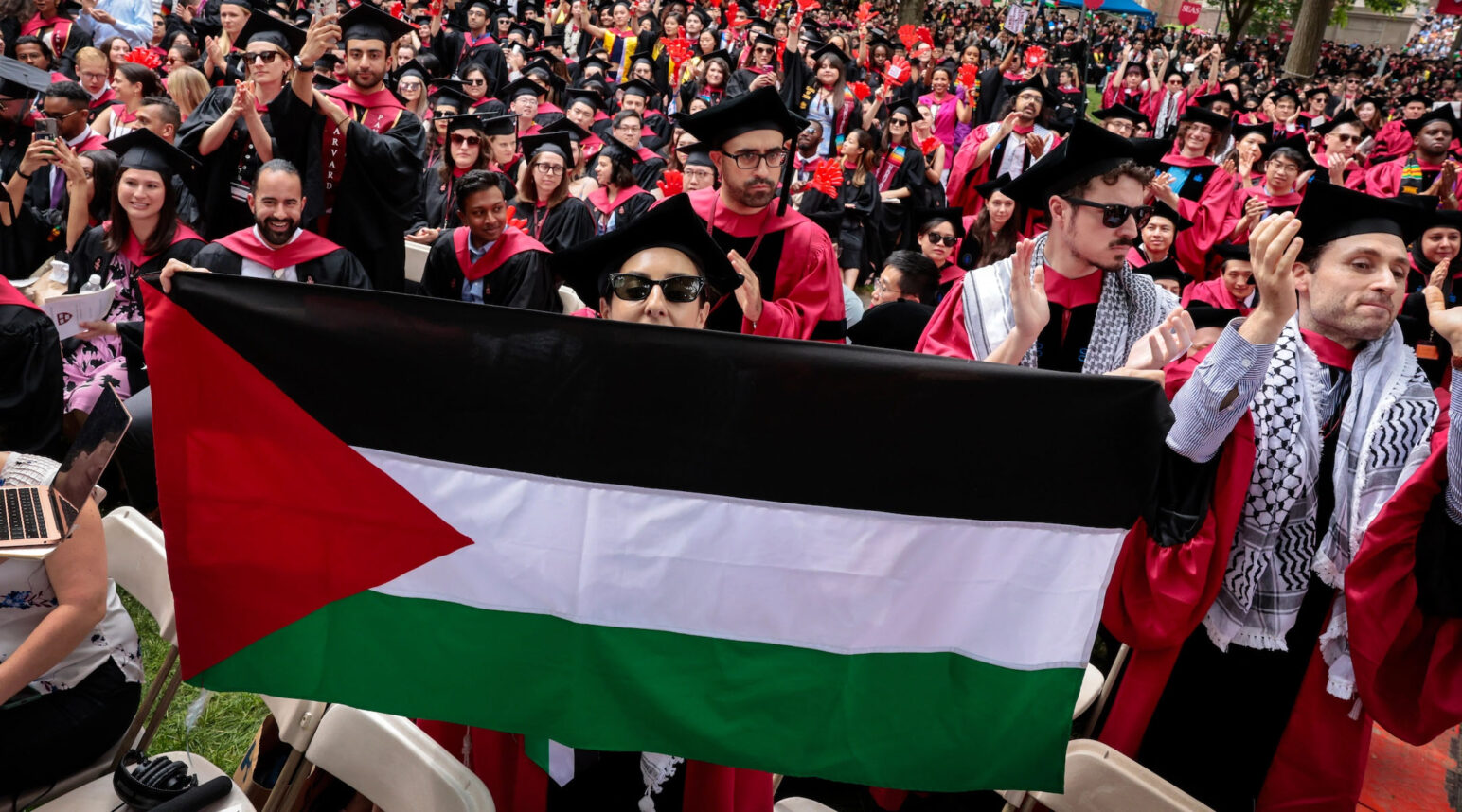
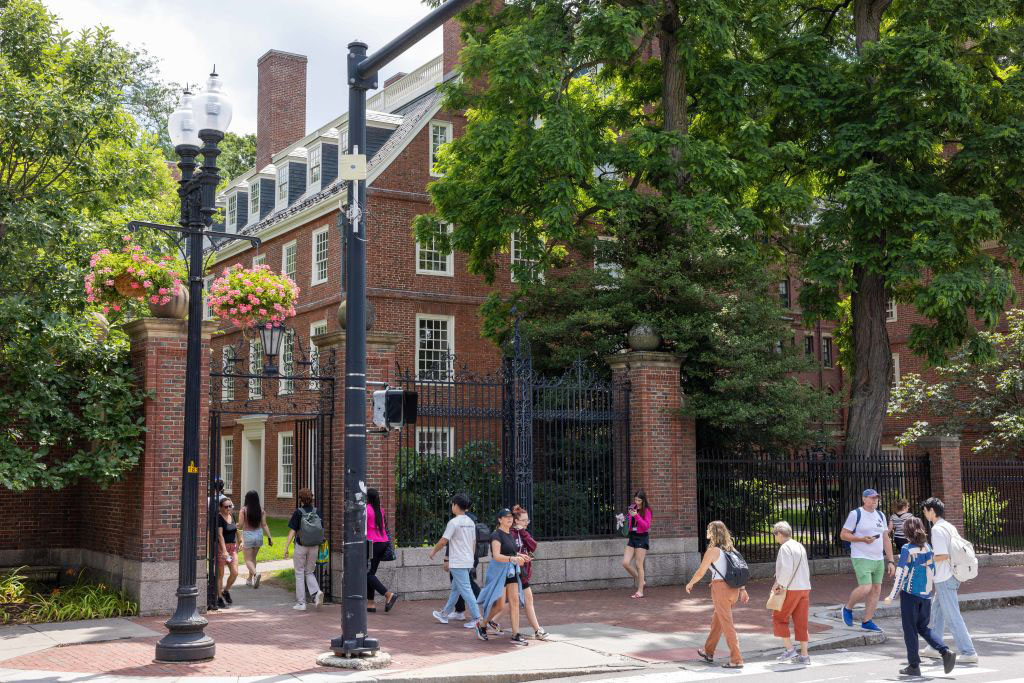


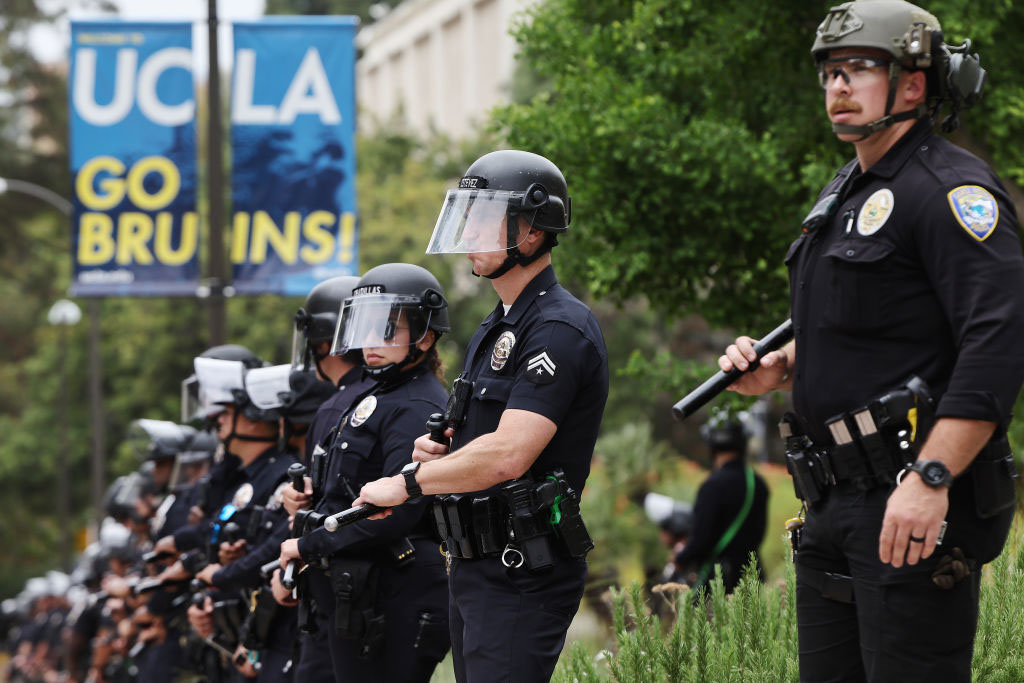



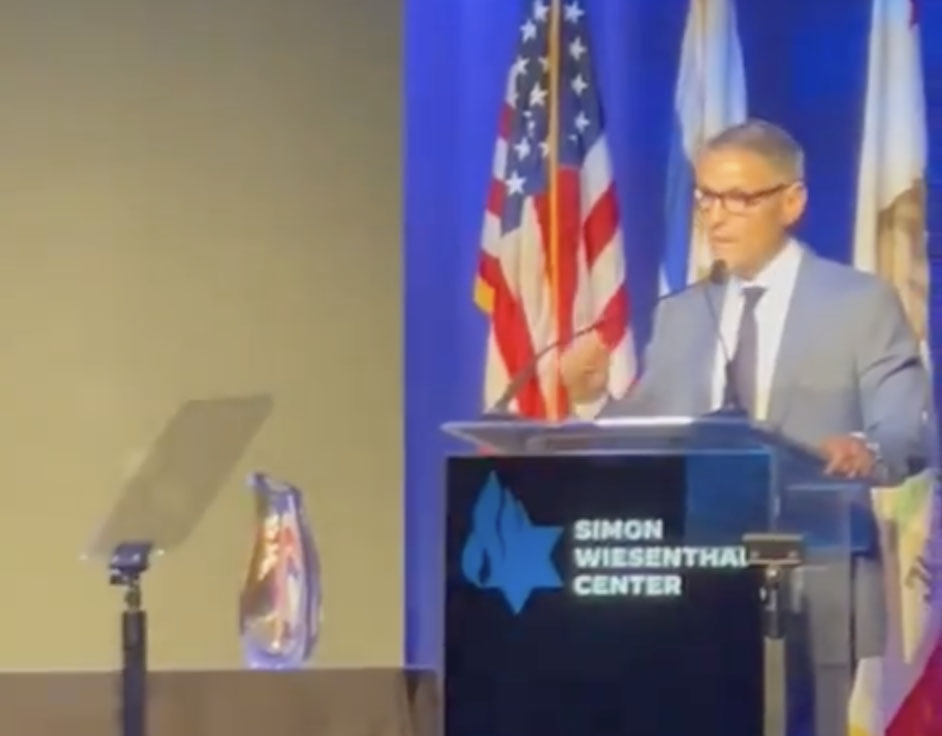




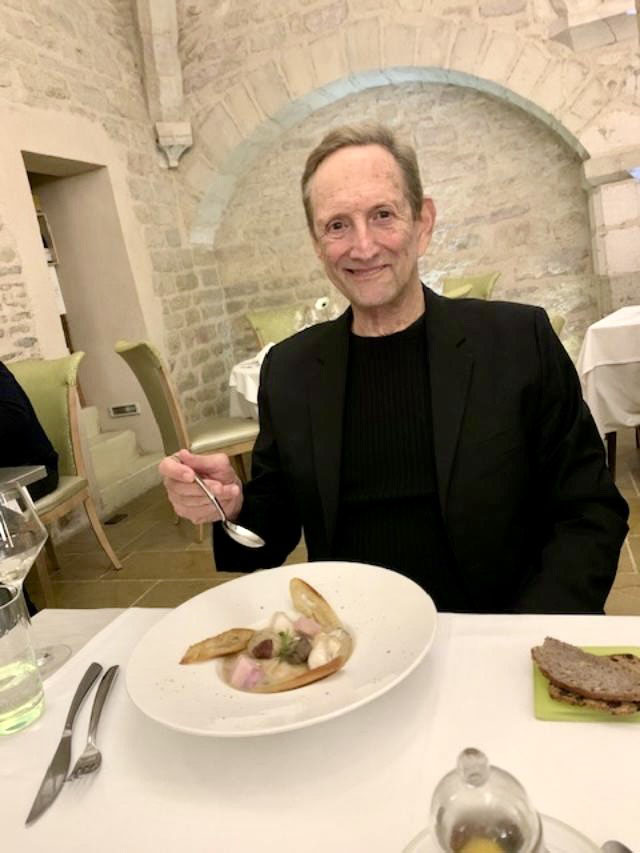

 More news and opinions than at a Shabbat dinner, right in your inbox.
More news and opinions than at a Shabbat dinner, right in your inbox.